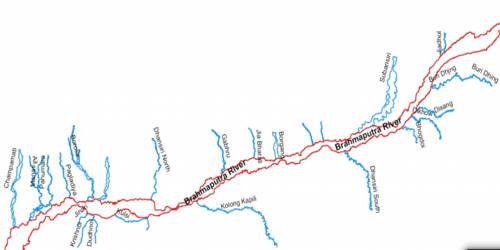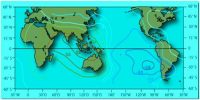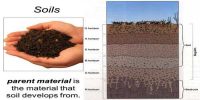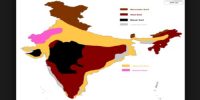The Brahmaputra System of Himalayan Drainage
The flow of water through well-defined channels is known as drainage and the network of such channels is known as a drainage system. The Himalayan drainage system has evolved through a long geological history. It mainly includes the Ganga, the Indus, and the Brahmaputra river basins.
The Brahmaputra, one of the largest rivers of the world, has its origin in the Chemayungdung glacier of the Kailash range near the Mansarovar Lake. From here, it traverses eastward longitudinally for a distance of nearly 1,200 km in a dry and flat region of southern Tibet, where it is known as the Tsangpo, which means ‘the purifier’. The Rango Tsangpo is the major right bank tributary of this river in Tibet. It emerges as a turbulent and dynamic river after carving out a deep gorge in the Central Himalayas near Namcha Barwa (7,755 m). The river emerges from the foothills under the name of Siang or Dihang. It enters India west of Sadiya town in Arunachal Pradesh. Flowing southwest, it receives its main left bank tributaries, viz., Dibang or Sikang and Lohit; thereafter, it is known as the Brahmaputra.
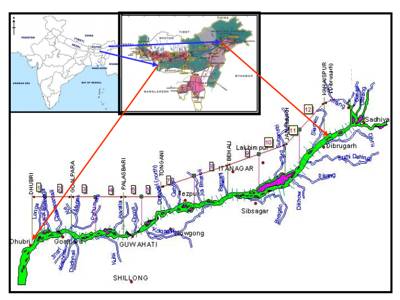
The Brahmaputra receives numerous tributaries in its 750 km long journey through the Assam valley. Its major left bank tributaries are the Burhi Dihing, Dhansari (South) and Kalang whereas the important right bank tributaries are the Subansiri, Kameng, Manas, and Sankosh. The Subansiri which has its origin in Tibet is an antecedent river. The Brahmaputra enters into Bangladesh near Dhubri and flows southward. In Bangladesh, the Tista joins it on its right bank from where the river is known as the Yamuna. It finally merges with the river Padma, which falls in the Bay of Bengal. The Brahmaputra is well-known for floods, channel shifting, and bank erosion. This is due to the fact that most of its tributaries are large, and bring a large quantity of sediments owing to heavy rainfall in its catchment area.
